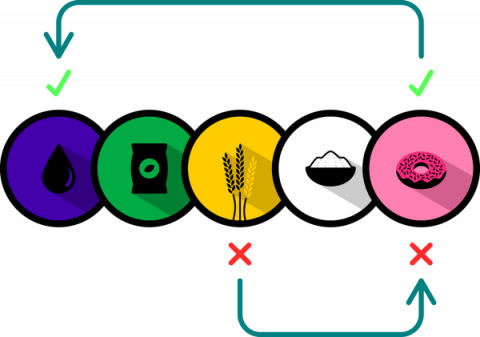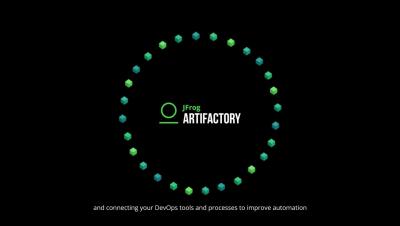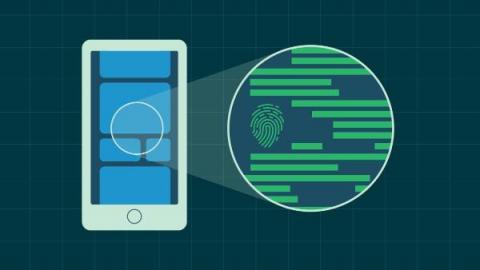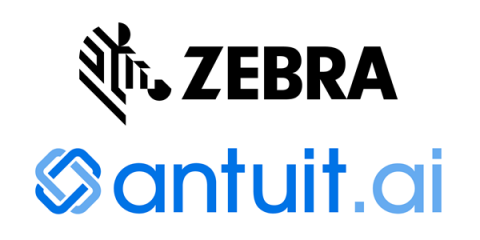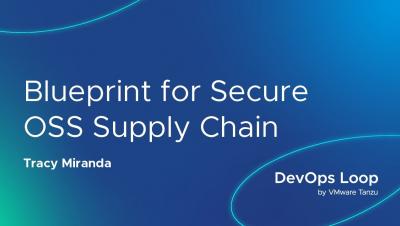Operations | Monitoring | ITSM | DevOps | Cloud
Supply Chain
SBOMs The New Standard in Supply Chain Security - DevOpsCon NY 2022
Truly Universal DevOps
Secure Your Software Supply Chain Using Observability Webinar
Securing software supply chain without panicking ft. Chainguard co-founder Kim Lewandowski
Code signing: securing against supply chain vulnerabilities
When creating an application, developers often rely on many different tools, programs, and people. This collection of agents and actors involved in the software development lifecycle (SDLC) is called the software supply chain. The software supply chain refers to anything that touches or influences applications during development, production, and deployment — including developers, dependencies, network interfaces, and DevOps practices.
Supply Chain Execs Share Real-World Inventory/Demand Problems
On the heels of our very well-received co-presentation with Phillips CSCO Ivanka Janssen on AI at last month’s Gartner Supply Chain Symposium in Orlando, I had the pleasure of facilitating our June 30 virtual roundtable—'Align Inventory to Consumer Demand’.
Taming the supply chain: Addressing vendor risks to the nth tier
Vendor risk ranks alongside cybersecurity, compliance, reputational, and financial risks as one of the top risks to any organization. With any risk, you need to identify, monitor, and mitigate that risk, especially when it comes to your supply chain. The question for someone in my role as a senior manager of compliance management is: What level of risk is being posed and why? Stated another way: Do I really know what my supply chain is doing?
Blueprint for Secure OSS Supply Chains
Software supply chain: What it is and how to keep it secure
As shortages of consumer goods and rising prices caused by bottlenecks in international supply networks have become more common, the global supply chain and its vulnerabilities have been top of mind for many. For developers, several high-profile software security exploits have recently underscored the risks inherent in a similar type of supplier network: the software supply chain.


